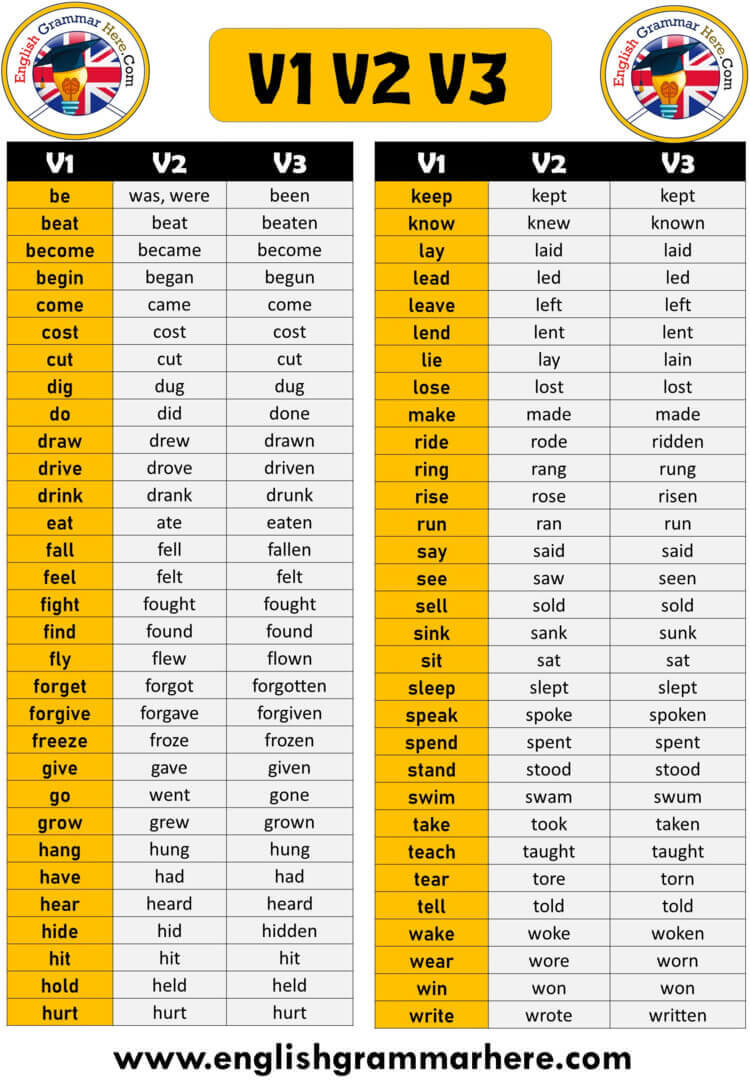Using pictures to teach English is a great way to incorporate visual tools in English class. It can be a daunting task for teachers especially in the planning stage but its effects are far-reaching as it encourages both visual and non-visual learners to actively participate in the lesson.
Use these few tips to effectively plan lessons, homework, and warm-up exercises around pictures.
Activity #1 – Caption It!

Students will learn the basic principles of caption writing and write a few captions for assigned photographs. This activity allows the students to be creative in using words. Best integrated in topics such as Sports or Society.
Using a collection of old file photos (or any photos sourced from the internet, newspaper or magazines), have students write captions for the pictures. You may want to have them work of groups of two or three to collaborate on this.
Then have them read the captions aloud to the class as they show the class the picture and do group critiques of the captions.
Grammar: Present Simple, Present Continuous
Activity #2 – Explain It!

The next activity for teaching English through pictures will prompt the students to talk about the image. Unlike the previous activity which focuses only on the central theme in the photo, this activity prompts the students to give more detail of the whole scene.
Teachers should use those pictures which have a detailed background and foreground so that the students can have plenty of opportunities to use nouns, adjectives, and verbs where applicable.
After showing the picture, the teacher will ask the students about it. Students can either talk about the picture or explain it in writing.
Scaffold by going through the following vocabulary on the board:
- In the background/foreground we can see…
- On the left/right…
- At the top/bottom…
- And other useful prepositions depending on the photo
For starters, you may use the set of pictures below for this activity:
Describing Photos Activity (419 downloads)
Activity #3 – Dictate It!

One of the activities on this list that focus on listening and comprehension skills, this activity requires greater participation from the teacher.
- Once the teacher has selected an image, preferably a map, he/she describes it to the whole class.
- Students have to listen to the details and draw an image according to this information.
I would stick to a simple image with few objects and limited colors. But you can decide on the number of involved objects depending on your students’ drawing or comprehension skills.
Variation
Instead of the teacher giving the dictation, you can make it as a pair work where one student describes the picture to his/her partner while the other draw! Prepare 2 sets of photos so they can switch roles (optional)!
You may check out the Robots ESL lesson below where I use Picture Dictation Activity as a warmer!
Robots ESL Lesson (145 downloads)
Activity #4 – Sequence It!

In this story telling activity, students must put a series of pictures in order. They color the pictures and write descriptive words using adjectives, adverbs and expressions of time and sequence. When they finish, they go in front of the class to tell their story.
By doing picture sequencing before the speaking activity, students are able organize information and ideas efficiently thereby enhancing necessary skills such as reasoning and inferring.
Download Picture Sequence 1 (1213 downloads)
Download Picture Sequence 2 (897 downloads)
Activity #5 – Instagram It!

Using the concept of Instagram is one awesome way to engage students in the lesson, topic or theme. With a little creativity, teachers can bring the visual power of photos into the classroom using these Instagram template for students!
There are many ways teachers could use “Instagram” in the classroom. The following are some simple suggestions that could turn a sleepy lesson into an exciting activity!
- A back to school getting to know you activity. Let student introduce themselves with a short bio and some tidbits about themselves, their hobbies and interests.
- Let students explore their identities and the world around them. Encourage students to use creativity and share thoughts, opinions and social commentary via images.

